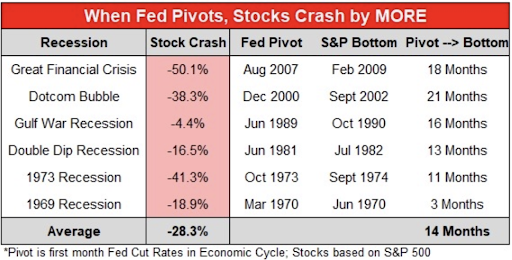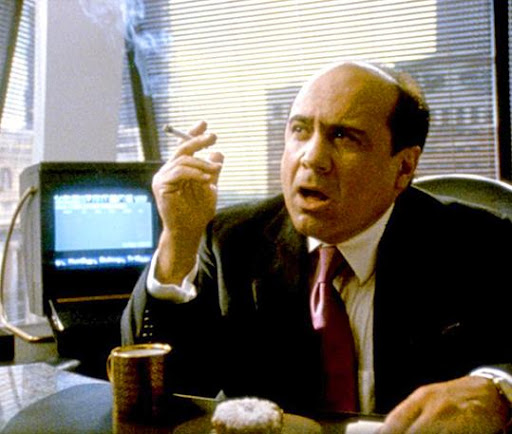We’ve returned home from Disney World in one piece, but with a lighter wallet.
I don’t think Disney could have a better business model… The company operates in the world of “creating memories,” which drives parents out of their spending comfort zone. Then, as they reel you in, your spending — on your children — snowballs.
I will say that Disney World lives up to its quality and reputation. But I’ll need to recoup some of that capital in the market come 2023…
So for one last “Forever Stock” for my daughter, I want to go right where the money is — the banking sector.
Bank Consolidation Will Pick Up Next Year
This isn’t going to be a popular way to make a lot of money fast.
But if you’re 5 years old, it’s ideal.
This is a major trend that remains highly overlooked.
Over the past 30 years, banks have consolidated at a pace of roughly 3% to 5% per year.
The United States had roughly 15,000 banks in the 1980s. Today, that figure is around 4,500.
Keep in mind that Canada, by comparison, has just six banks.
Yes, there’s a lot of consolidation in the banking industry’s future.
And remember, banks buy other banks to increase their deposits. Since deposits are the lifeblood of their available money to loan, they can only increase their deposits in one of two ways…
First, they can experience a population boost near their banking centers.
For example, I live in Florida, where the population continues to increase. In Southwestern Florida, new residents are bringing their money to these local banks and depositing.
I used to live in Chicago, where the population is decreasing. People are moving out of Chicago due to high taxes, crime and other economic and social challenges.
With populations decreasing in certain areas, that leads me to the second way banks can increase their capital at hand — they can buy other banks.
So, what bank should I buy for my daughter, Amelia?
Amelia’s Long-Term Portfolio: Stock No. 5 — Third Coast Bancshares
Community banks typically have market capitalizations under $2 billion. They don’t have the reach of their mega-cap rivals like Bank of America Corp. (NYSE: BAC). And they don’t have a big regional presence like competitors M&T Bank Corp. (NYSE: MTB) or PNC Financial Services Group Inc. (NYSE: PNC).
Community banks might have five or six branches. They make their money the old-fashioned way — by lending to consumers and small businesses. And they typically trade at significant discounts to their competition.
When looking at community banks, it’s important to avoid exchange-traded funds (ETFs). These funds don’t have any rhyme or reason for their strategy, and they typically buy community banks without much focus on valuation.
But we’re focused on valuation. There are nearly 100 publicly traded community banks that trade for less than the sum of their parts. Seriously, these stocks trade under a tangible book value of 1, meaning that if the bank went out of business, you’d actually make money.
We’re looking for banks that trade at 80 to 90 cents on the dollar and operate in an attractive market. That market will make the company a likely takeover target in the future.
We often see deals made that value a bank at roughly 1.6 times its tangible book value. So, in some cases, there are banks that could return 100% gains in as little as 18 to 36 months — if they’re purchased. In the case of the bank I’ll mention in a moment, I’m looking for a deal in the next five years — so my daughter can have a great 10th birthday.
Third Coast Bancshares Inc. (Nasdaq: TCBX) is a Texas-based community bank that has grown its presence across the sprawling cities of Dallas, Houston, Austin, San Antonio and Fort Worth.
I don’t need to tell you that the population is growing in that region of the U.S. Many Americans are picking up their lives and moving from high-tax states like California, New York and Illinois to relocate. The company owns more than a dozen locations and specializes in every facet of the consumer, small and mortgage lending businesses.
I don’t need to tell you much more — it’s a bank, after all — except the valuation.
This $19 stock currently trades at a tangible-book value of 0.72.
That translates into a stock with a tangible valuation of $26.41. That represents an upside of 39% from Friday’s trading levels. That’s not bad. And at a takeover, we’d likely see an offer in the high $30s. Sounds like a great long-term pick to me.
To your wealth,
Garrett




